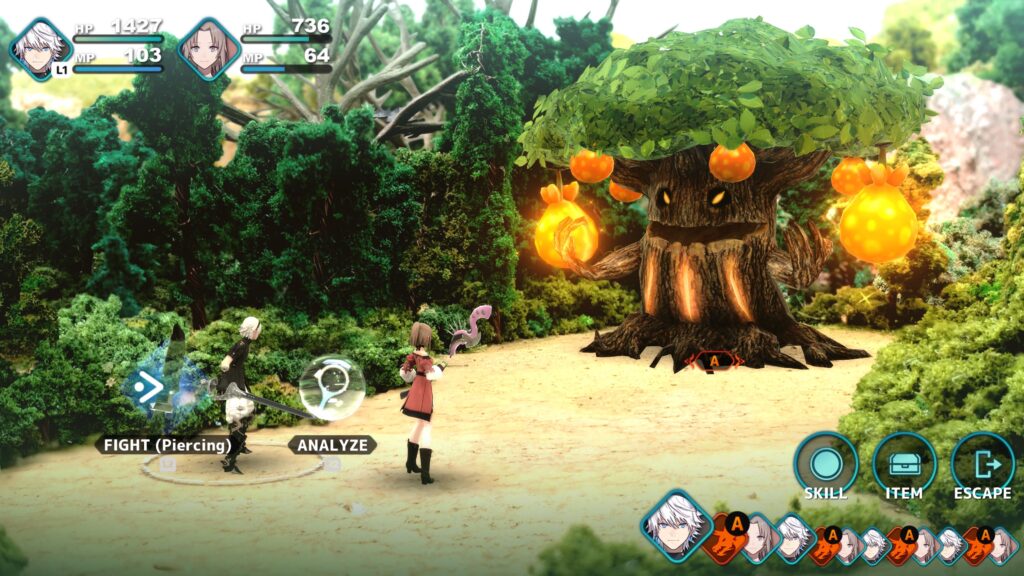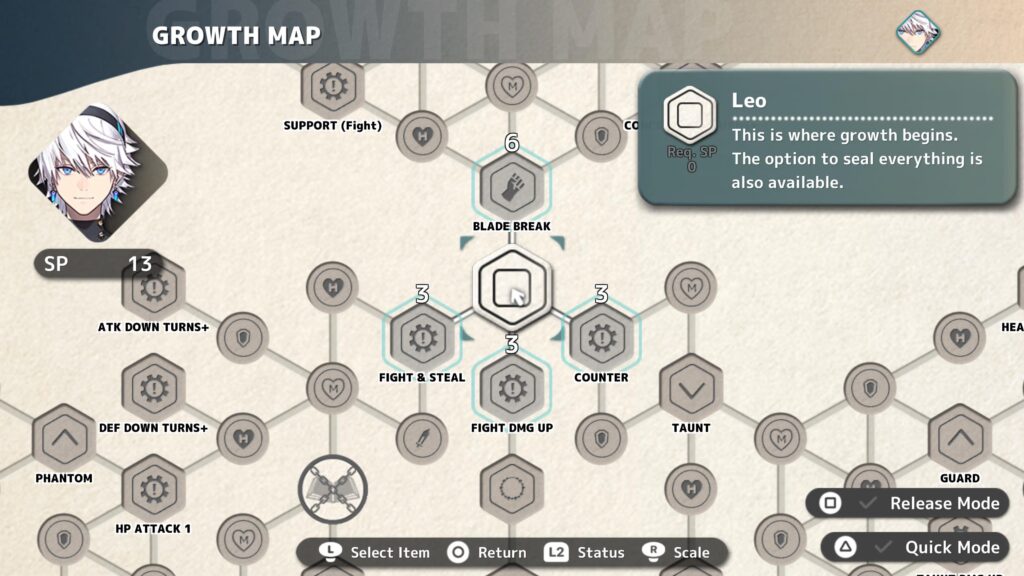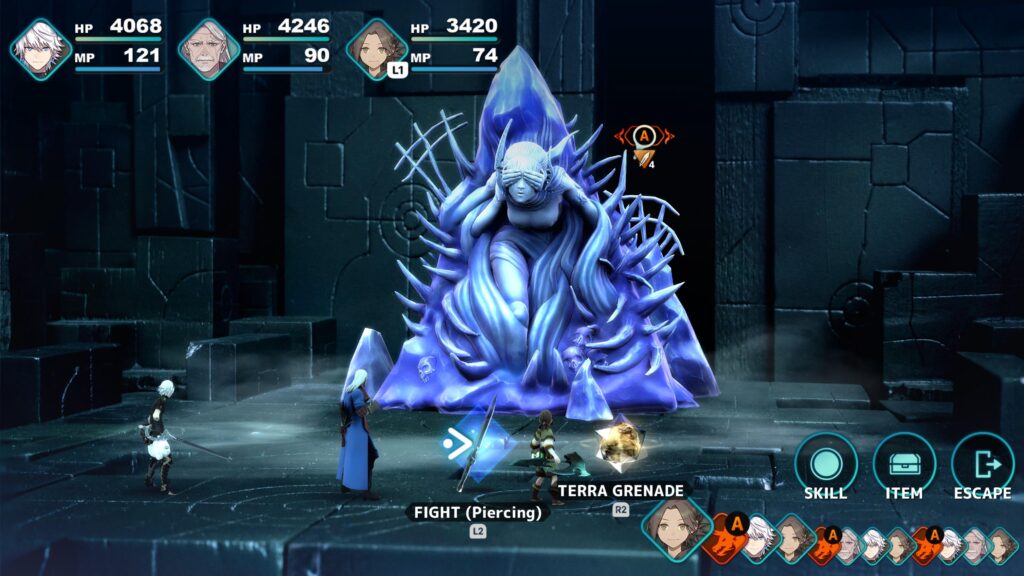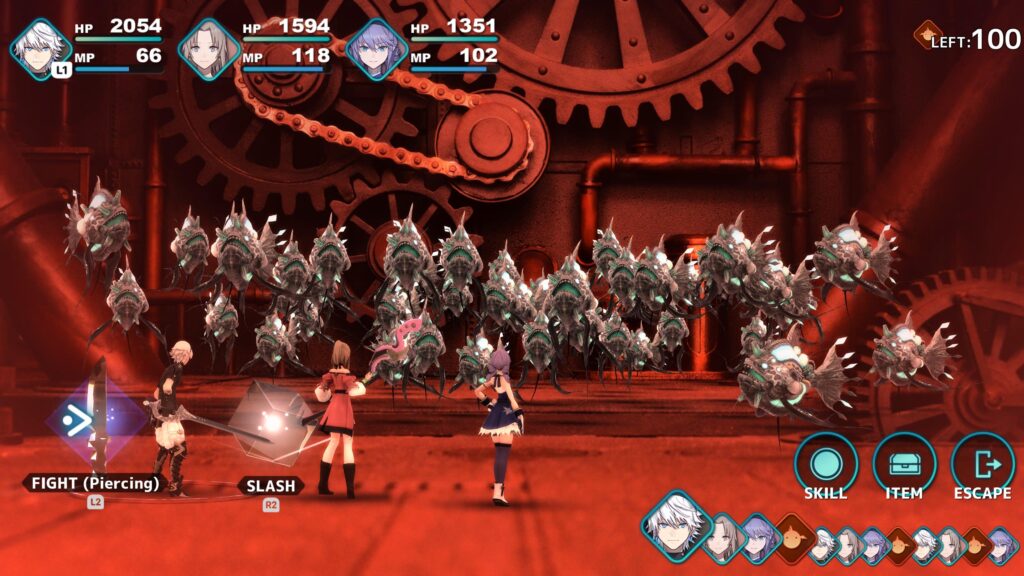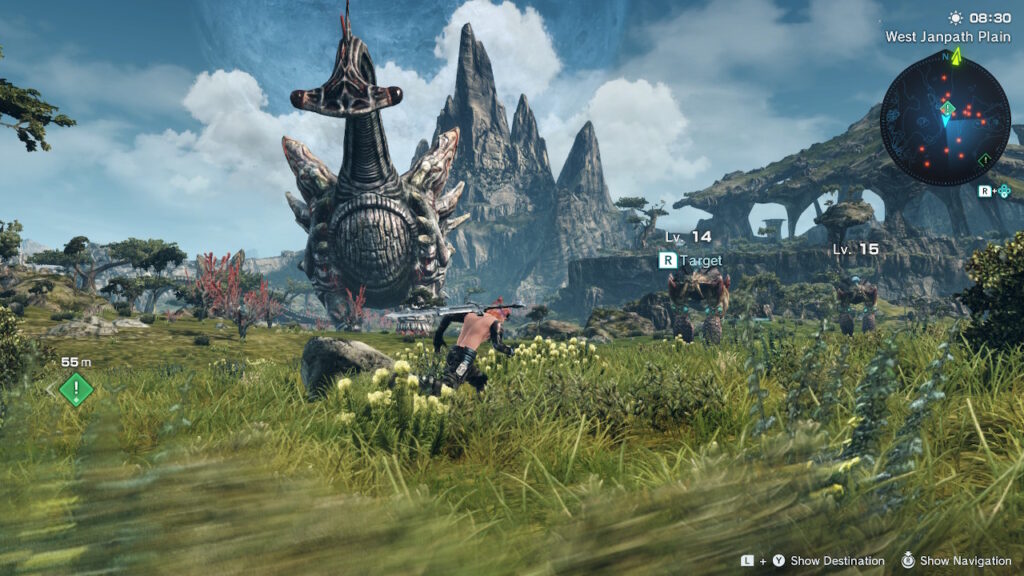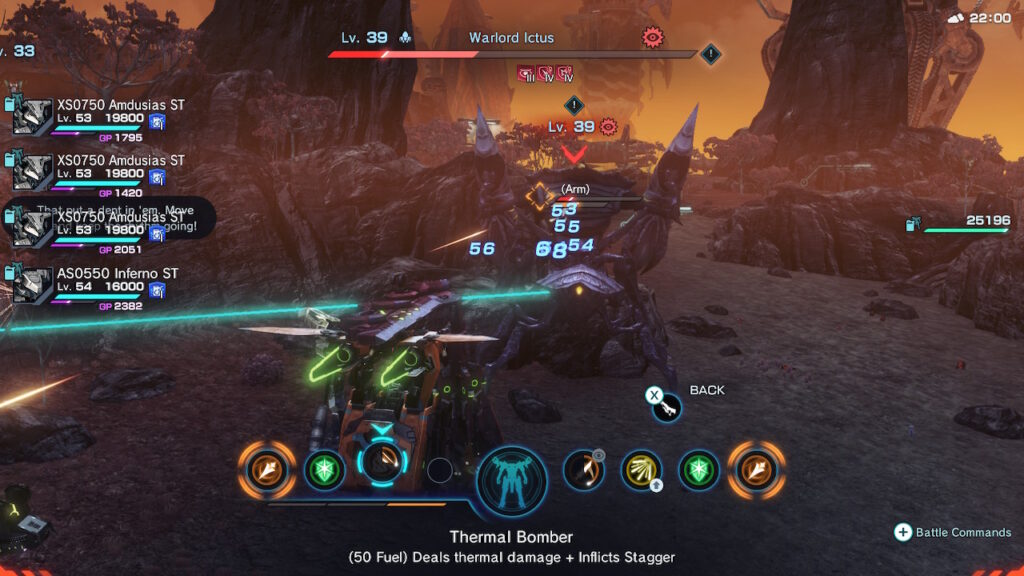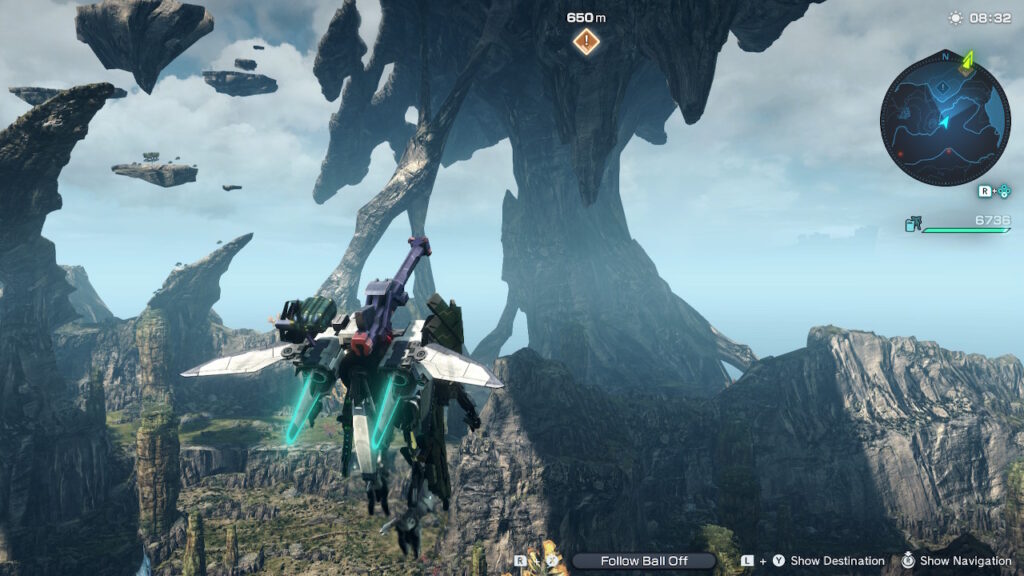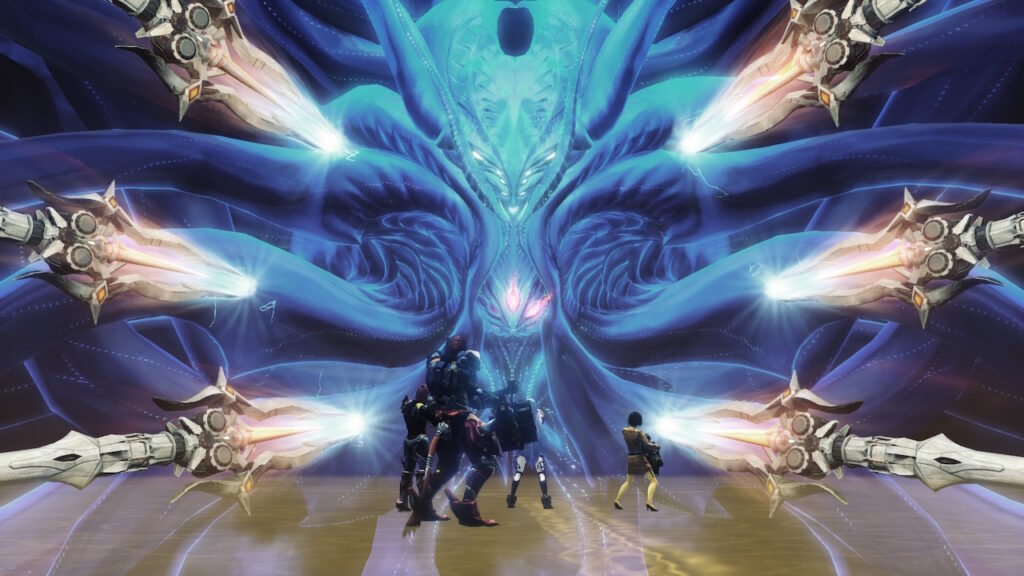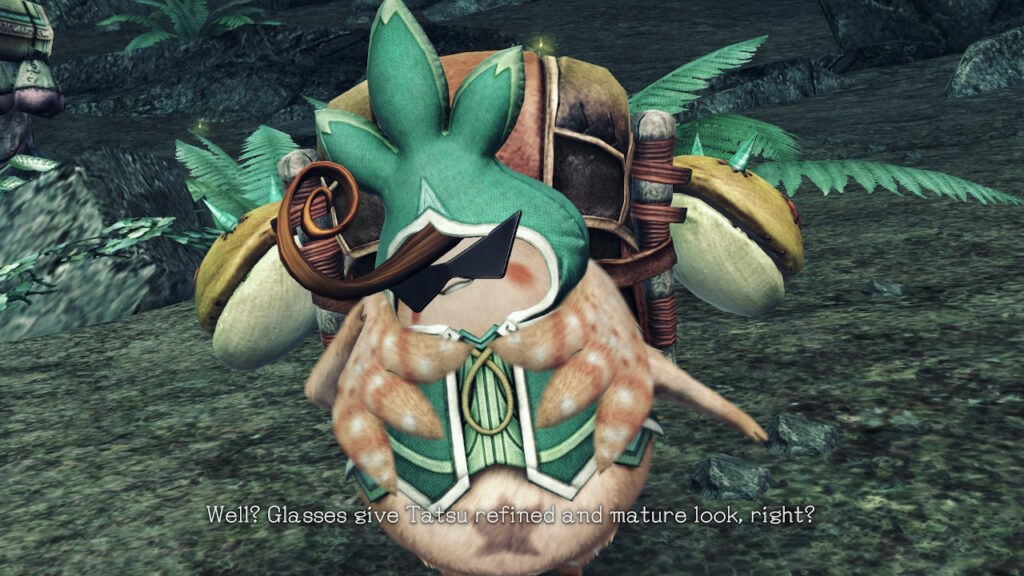More Info from Sandfall Interactive
- Genre: Turn-Based RPG
- Platform: PS5
- Also Available On: Xbox Series, Windows
All this game really needs to be an all timer for me is more granular gameplay settings.
….ok lemme back up a bit, but this is truly going to be full on rambling today.
This game is simply exhausting. That isn’t necessarily as negative as it sounds. Really what it comes down to is a need to be focused at all times, and that ultimately leads into both the things that really burned me out on the combat in this game, as well as where I think they are a couple tweaks away from being simply a very good game into something that is truly timeless.
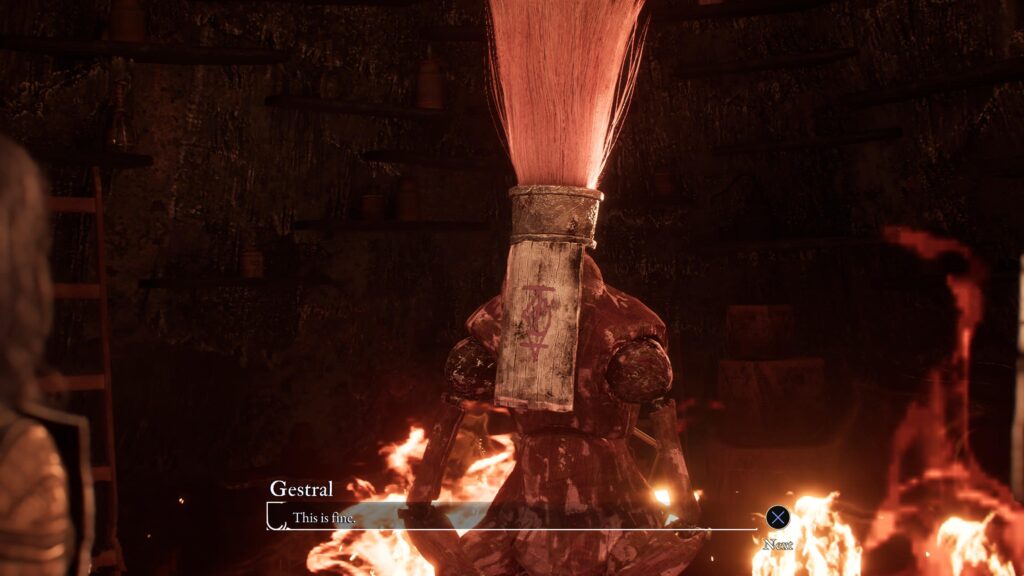
This game’s combat is really focused around actively avoiding damage. That’s something that’s been done before in JRPG-style combat, but it’s incredibly present here. Being hit in boss battles is often 20+% in one hit, and bosses often have entire attack chains, and later bosses in particular have multiple turns of entire attack chains, so you are always in a condition where screwing up your dodge/parry timing at the start of a chain is potentially immediately deadly. The problem for me is in how precise this all needs to be, and that’s totally a me problem.
Being extremely precise in this combat is a factor of a few things:
- Learning the attack tells is part of it.
- Leaning the specific timing is then part of it.
- Quickly processing what type of defense you need to do is then part of it – is it a dodge, jump, or parry? You’ve got 4 buttons to choose from very quickly.
- Consistently achieving that so you aren’t wasting your turns on healing is then part of it.
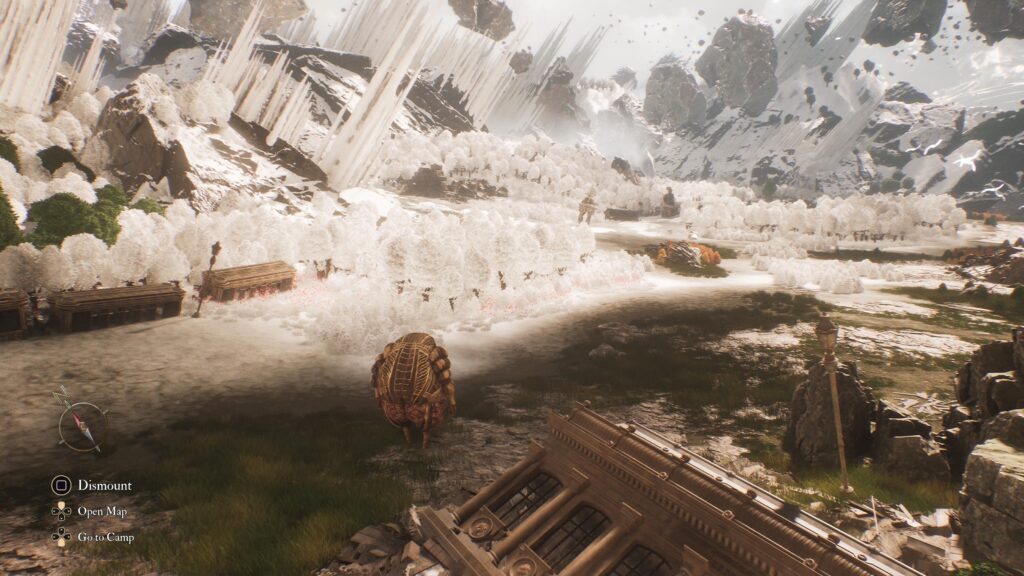
To some extent I just generally don’t think their combat tells are that well telegraphed. A lot of the animations do this thing where they run incredibly slow to start, then speed up without notice to do the attack. When you combine inherent input latency, frame latency to the screen, and inherent fatigue this can really quickly get to a point where I was just always a couple frames late on attacks. This is something that I think they got a better handle on later in development because later bosses particularly start making much better use of sound as part of the tells instead of pure animation, but it felt somewhat like too little too late. However, that really was not my core problem.
The issue that I consistently ran into was that whether or not I actually enjoyed combat or whether or not I wanted to spike my controller was generally based on how much sleep my 1 and 3 year olds let me get the night before. The very precise timing here both required very good focus, but also good memorization and reflexes. Those go away quickly with weird sleep patterns. That focus then causes me to mentally get exhausted quickly especially when I am already tired, leading to further degradation of my experience. Normally my instinct is to then reduce difficulty a bit, but this game simply has one setting – story mode difficulty. This does a few things, one of which is aggressively increase the dodge/parry timing window. The other is that it basically cuts damage by what felt like 90%. This is not what I want.
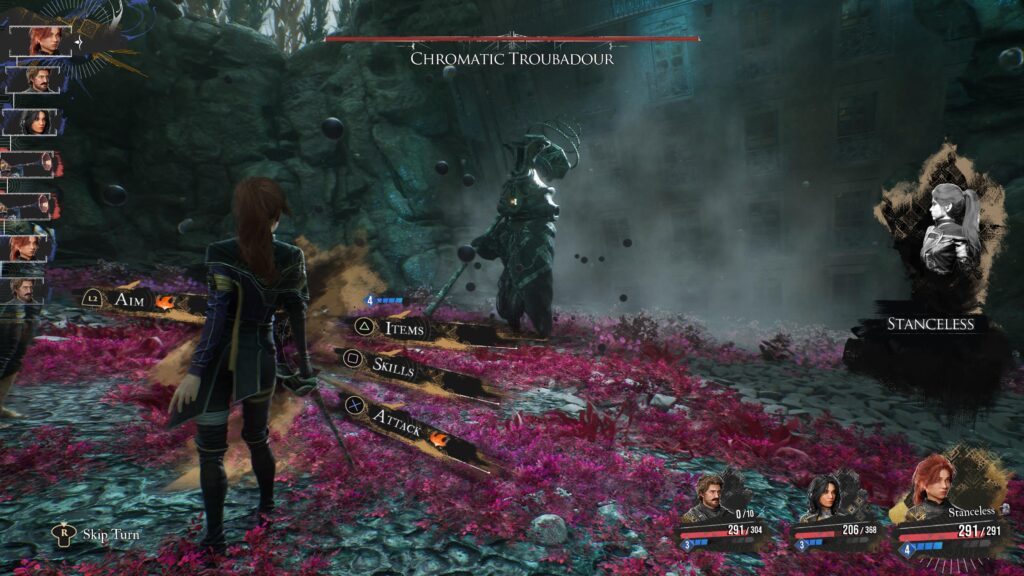
I see an opportunity here for the game to very quickly allow the player to tune combat to what their comfort level is:
- They clearly have the tech to change incoming damage, so rather than being a core nuke on story mode why not allow the player to tune this a bit more? Frankly this isn’t something I wanted to change at all, but being able to tune this separate from timing would allow for more granular tweaks to my gameplay. This also then inherently opens up an opportunity for players that want a harder base level experience to take more damage without necessarily having to go to expert mode.
- They also clearly have the tech to change the timing window on dodges and parries. I don’t want to tune the timing window all the way to where story mode landed. Really what I wanted was just a couple frames more to account for what felt to me like local latency that I was constantly fighting against.
Ultimately I suppose I think that timing-based gameplay that the user can’t tweak is bad design. It completely ignores the reality that there is a huge disparity in people’s setups that can add a lot of latency. TV screens are wildly different from each other. Adding amps can add latency. Even just the difference between the development environment on low latency PC screens can wildly throw off balance when moving over to a console. It’s pretty frustrating to not be able to modify this a little more specifically when this is not an entirely new thing. Hell, this is entirely why Guitar Hero has their timing configuration screen!
This is something that I really fight for in games I develop. I really hate on/off settings. If I’m putting tech in to modify settings then sure – have a set of easy values that players can just poke at for preconfigured settings. However, the tech is there to give more granularity so use it. It’s such an easy accessibility win that really lets players find the game that they want to play. My vision of where difficulty should land for me? Same damage as normal difficulty, 3 or 4 frames extra window for dodge/parry. Other players may want low damage but precise timing. Other players may just want to really ramp it beyond where even expert difficulty is. The tech is there, so use it.
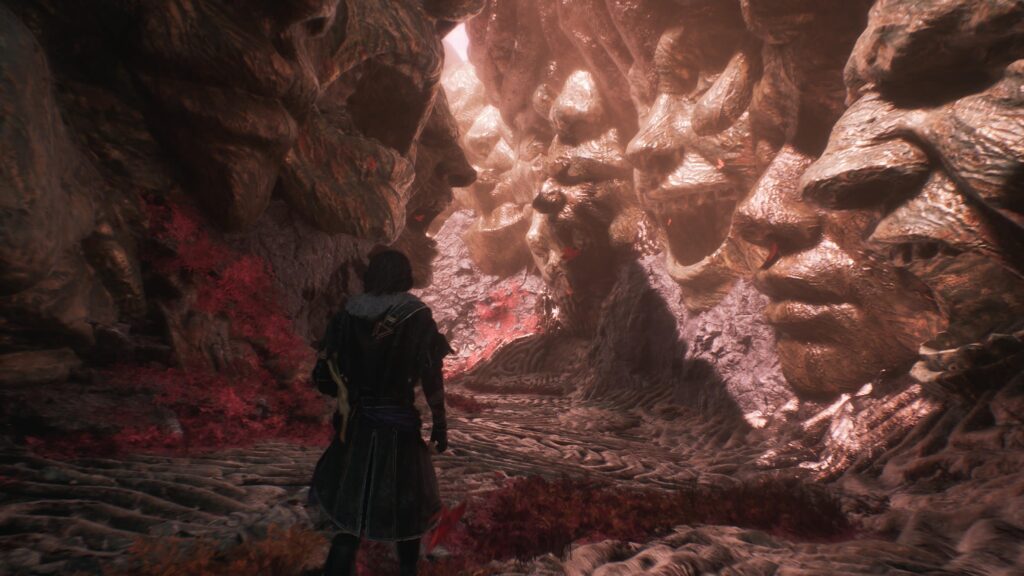
The entire reason these ramblings came together like this for me was that as the game went on the fights clearly got longer and the rewards relative to time spent in combat clearly got worse. It turned into a grind where the game in its early stages was not. This even extended into boss fights where I was spending 3 or 4 turns effectively waiting while the bosses just got chains of attacks off that I had to be perfect on or wipe before I could have a chance at healing. It was just too much focus required for me outside of very short periods of time, which under normal circumstances is not a great way to even play a game where skill via repetition and remembering is important.
The reason why this is all so frustrating is because this is a game that is absolutely worth playing for the setting alone. This is such a good game from the story to the characters to the world. When the combat works for me it is simply world class in terms of JRPG-style combat. All of that makes it just incredibly frustrating when the difficulty choice for me is so easy I’m bored or maybe I got enough sleep today? The thing that gives me some hope is that they are clearly already tweaking difficulty. A recent patch made story mode even more forgiving on timing, so they are at least poking at it still. I just hope that they take it a step further and really allow players to refine their experience with tech that is already underlying the existing difficulties.


